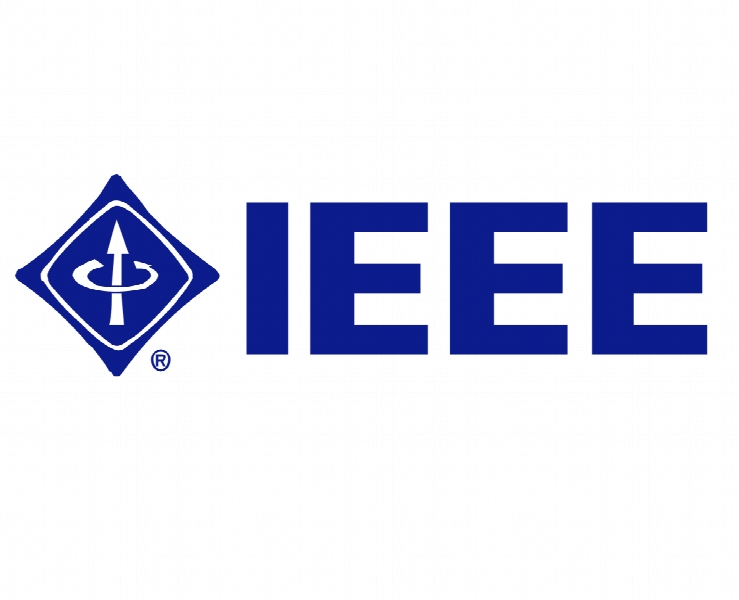vStarCloud: معماری سیستم عامل برای محاسبات ابری vStarCloud: An operating system architecture for Cloud computing
- نوع فایل : کتاب
- زبان : انگلیسی
- ناشر : IEEE
- چاپ و سال / کشور: 2018
توضیحات
رشته های مرتبط مهندسی کامپیوتر
گرایش های مرتبط رایانش ابری، معماری سیستم های کامپیوتری
مجله کنفرانس بین المللی IEEE در محاسبات ابری و تحلیل کلان داده – IEEE International Conference on Cloud Computing and Big Data Analysis
دانشگاه Jiangnan Institute of Computing Technology – Wuxi – China
شناسه دیجیتال – doi https://doi.org/10.1109/ICCCBDA.2017.7951923
منتشر شده در نشریه IEEE
کلمات کلیدی انگلیسی cloud computing; operating system; microkernel; container
گرایش های مرتبط رایانش ابری، معماری سیستم های کامپیوتری
مجله کنفرانس بین المللی IEEE در محاسبات ابری و تحلیل کلان داده – IEEE International Conference on Cloud Computing and Big Data Analysis
دانشگاه Jiangnan Institute of Computing Technology – Wuxi – China
شناسه دیجیتال – doi https://doi.org/10.1109/ICCCBDA.2017.7951923
منتشر شده در نشریه IEEE
کلمات کلیدی انگلیسی cloud computing; operating system; microkernel; container
Description
I. INTRODUCTION With rapid development of the cloud computing system, widespread interest in cloud operating system (Cloud OS) is a relatively recent phenomenon. In fact, a lot of companies have been managing cloud infrastructure at scale and providing cloud service for more than ten years and built many different cloud-management software in that time. The definition of Cloud OS from PC Magazine Encyclopedia is: a server-side software platform that provides the complete infrastructure for setting up cloud computing services. Cloud OS is the “core” of the cloud-management software, and does what a traditional OS does: bridges hardware (called bare metal) and upper application, but at the scope and scale of cloud computing. The hardware of cloud is evolving into a multidimensional space that includes many-core processors, virtualized clusters and software-defined networks. There are different business models of cloud computing, such as IaaS (Infrastructure as a Service), PaaS (Platform as a Service) and SaaS (Software as a Service). So there are different levels of API (Application Programming Interface) for cloud services and a variety of network middleware, such as message queue, distributed lock, distributed database and distributed storage, shielding the natural distribution of the large system. A key challenge for architects and designers of future clouds is to provide the right set of abstractions so that application builders can fully leverage these �ew opportunities, while avoiding the ossification that often anses when such a large diversity of factors is involved. 978-1-5090-4499-3/17/$31.00 ©20 17 IEEE 271 Most of cloud computing systems use vertical integration approach and customize the underlying OS and network middleware for efficiency, even simply remove much of the functionality in a general purpose OS. If the underlying OS is based monolithic kernel, which is inconvenient for ondemand dynamic reconfiguration and hot-plugging services, the cloud-management software could not accommodate various type of network computing applications, such as the computation-intensive, data-intensive and network-intensive. Meanwhile, the form of service delivery is going through an evolution, with VMs being joined by containers and unikernels as packing and deployment mechanisms. So, the next-generation Cloud OS as the unified framework for versatility of cloud-management software ecosystem is very significant. It means the network computing application can shift to more efficiently managing datacenter resources as a whole, including networking, storage and compute. The end-user will be able to deliver powerful applications and data on virtually any device to boost productivity, while maintaining security and compliance.


